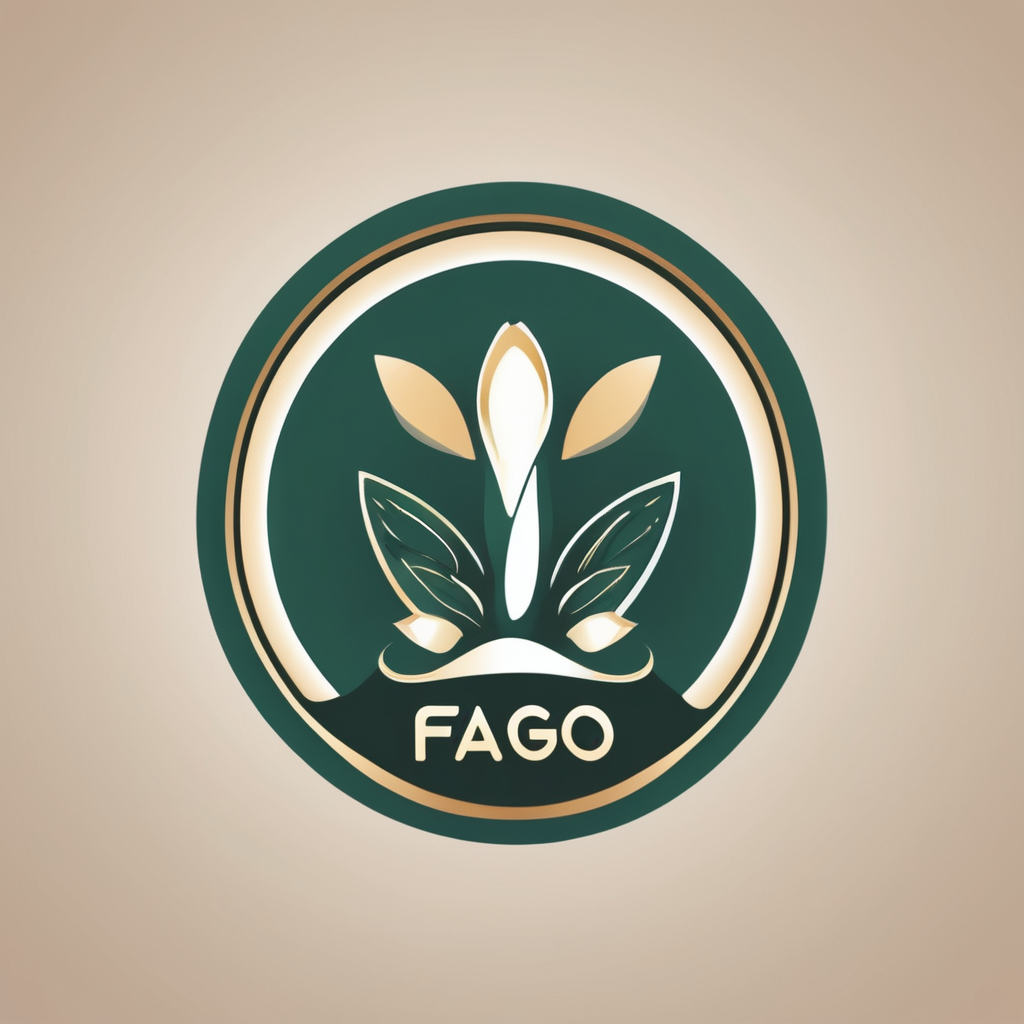Self-assessment for Defining Your Fashion Identity
A thorough fashion self-assessment is the cornerstone of discovering your personal style. Start by evaluating your lifestyle and daily routines to identify clothing needs that blend comfort with function. For example, a professional who spends most days in meetings might prioritize polished, versatile pieces, while an active individual may opt for functional yet chic attire.
Next, dive into personal style discovery by creating inspiration boards filled with images that resonate with you. Collect reference images showcasing styles, colours, and aesthetics you naturally gravitate toward. This visual exercise refines your preferences and highlights consistent themes, guiding your wardrobe choices effectively.
This might interest you : Leading uk labels shaping the future of inclusive fashion
Understanding your body shape is also essential. Recognizing how different cuts and silhouettes flatter your figure ensures confidence in your fashion. For instance, if you have an hourglass shape, tailored and cinched garments can accentuate your waist. This knowledge helps avoid wasted purchases and builds a wardrobe truly reflective of your identity.
By combining a wardrobe audit with these focused insights, fashion self-assessment becomes a powerful tool in building a style that feels authentic and functional.
Have you seen this : Uncover Exquisite 1920s Flapper Fashion at the Top Vintage Markets Across the UK
Self-assessment for Defining Your Fashion Identity
Starting a fashion self-assessment means closely evaluating your lifestyle, daily routines, and clothing needs. For example, consider how your activities affect garment choices—someone who works from home may prioritise comfortable layers and easy-care fabrics, while those attending formal events regularly might require elegant, tailored options. Identifying these needs early saves time and avoids impulse buys.
An effective step in personal style discovery is gathering inspiration through images and reference photos that reflect what appeals to you visually. This process sharpens awareness of your preferences, showing which colours, textures, and cuts you consistently favour. For instance, noticing a recurring attraction to minimalist shapes or bold patterns can direct future shopping decisions.
A comprehensive wardrobe audit complements this by reviewing your existing clothes: which items truly fit and flatter your body shape, which pieces you reach for often, and what styles feel authentic. Understanding your body’s proportions allows you to select flattering silhouettes, such as A-line dresses for pear shapes or structured blazers for rectangular frames, enhancing confidence and cohesion in your everyday wear.
Self-assessment for Defining Your Fashion Identity
A precise fashion self-assessment begins by evaluating your lifestyle and daily routines to clarify clothing needs. For example, if your days involve varied activities—from casual errands to social engagements—your wardrobe should balance comfort with style versatility. Identifying such needs sharpens decision-making during shopping and outfit selection.
Next, personal style discovery involves collecting reference images that reflect what naturally appeals to you. This visual method uncovers recurring themes in colour palettes, textures, or silhouette preferences, allowing you to recognize subtle patterns your taste follows. For instance, noticing a preference for organic fabrics or monochrome tones helps refine your style approach efficiently.
Completing a focused wardrobe audit means systematically assessing each garment’s fit, usability, and alignment with your body shape. Understanding body proportions guides choices toward flattering cuts—for example, choosing high-waisted trousers to elongate the legs or wrap dresses to accentuate curves. This process eliminates ill-fitting items and reinforces a well-curated closet aligned with your evolving fashion identity.
Self-assessment for Defining Your Fashion Identity
A thorough fashion self-assessment begins with evaluating your lifestyle and daily routines to identify practical clothing needs. For example, those with active schedules might prioritise breathable fabrics and ease of movement, while someone with a corporate role may require more structured, formal attire. This clarity directs purposeful wardrobe choices and prevents impulsive shopping.
Engaging in personal style discovery benefits greatly from creating inspiration boards or collecting reference images. These visuals reveal consistent preferences, such as favoured colour schemes or silhouette types. If you notice a pattern leaning towards minimalist designs or vintage elements, this insight informs your style direction more precisely.
A detailed wardrobe audit involves reviewing current garments through the lens of your body shape and comfort. This helps determine which items genuinely flatter your figure and suit your activities. Understanding your body’s proportions enables selecting cuts that enhance your appearance—for instance, opting for tailored jackets if you have broad shoulders, or high-rise pants to elongate shorter legs. This practice streamlines your wardrobe, focusing on pieces that complement your fashion identity and daily life effectively.
Self-assessment for Defining Your Fashion Identity
A comprehensive fashion self-assessment begins with evaluating your lifestyle and daily routines to precisely identify clothing needs. For example, a person with frequent social events may prioritise elegant textures, while someone focused on comfort will seek breathable, functional fabrics. This focused evaluation ensures your wardrobe supports your actual activities.
In the process of personal style discovery, using inspiration boards or collecting reference images helps reveal consistent themes. What colours, patterns, or garment shapes do you naturally gravitate toward? This method distills your preferences beyond fleeting trends, highlighting elements that truly resonate. For instance, if you repeatedly select earthy tones and classic cuts, these reflect core style preferences to build upon.
Conducting a detailed wardrobe audit bridges style awareness with practicality. Assess how current garments fit your body shape and lifestyle demands. Knowing your proportions guides selection toward flattering silhouettes such as A-line skirts for pear shapes or structured jackets for broader shoulders. Removing ill-fitting or unused items sharpens your closet focus, reinforcing a wardrobe that supports both confidence and authenticity.
